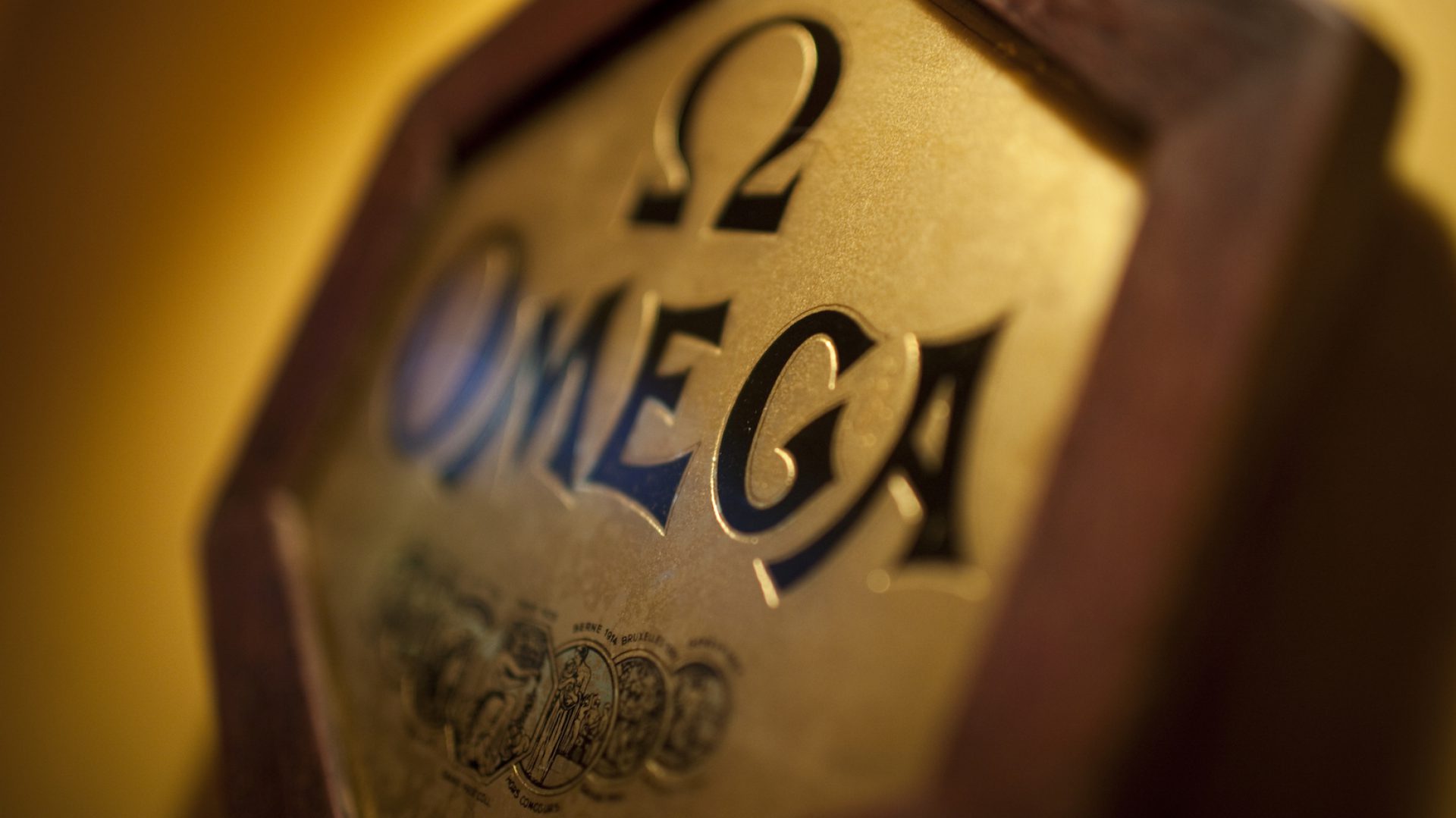A TREASURE REDISCOVERED
This very important hand-made clock case came into my possession in 2019. It is made competently of English Oak, with several iconic military features and imagery built into the case work. (As yet, there has been no cleaning or restoration of the casework.)
Displayed at the top of the clock hood, there is the carved insignia of the New Zealand Expeditionary Forces, being a seven-flame hand grenade, and “N Z E F” on the ribbon underneath.
Beneath the N Z E F insignia, “HORNCHURCH” is carved into the lower section of the pediment, and one can see the beautiful competent carving and embellishment on this part of the case.
The last item to customise this clock case is a large carved oval cypher of 3 intertwined initials of “G.S.R” in the centre front of the case door.
So, what ties all this together and brings home the personal military and emotional importance of this clock? It is a small, aged, hand-typed card affixed to the inside back of the case. It reads…
“This clock was made by Disabled Soldiers of the New Zealand Expeditionary Force at the N.Z CONVALESCENT HOSPITAL HORNCHURCH ESSEX ENGLAND and presented to Br. General G.S. Richardson C.B. C.M.G. C.B.E Commanding NZEF in the United Kingdom 1917.
As a Mark of Esteem”
All of the significant pieces of information have now been assessed to establish the history and provenance of this 100-year-old clock. This is such an important unique item, made by the disabled soldiers who have been sent to the U.K. to convalesce from their most horrific injuries sustained in the battlefields of WWI. Regrettably we shall possibly never know who these unnamed heroes and artisans were, but we do know their thoughts for their commanding officer, then Br General G.S. Richardson, who was presented this clock “As a Mark of Esteem”.
I now provide some specifications of the clock case, before moving onto information about Richardson himself, and then the N.Z. Convalescent Hospital at Hornchurch.
The clock itself, ironically, is a casualty due to the misplacement of the clock workings from the case. Many years ago, the clock mechanism had been removed from the clock case to allow the case to be repaired. The case had languished at a now deceased furniture restorer’s workshop, until I purchased it.
CLOCK CASE SPECIFICATIONS: –
Height overall: 7’ 9’’ (236cm)
Width of pediment on hood: 21” (53cm)
Depth, internal from door to back: 6” (14.5cm)
Clock face aperture diameter: 8” (20cm)
Hinged dial door square: 15” (38cm)
Fall from the internal clock movement base to base of case: 4′ 11” (150cm)
MAJOR – GENERAL SIR GEORGE SPAFFORD RICHARDSON
Richardson was born in England in 1868. He was in the Artillery section of the British Army, and after 4 years in Gibraltar, in 1891 he got posted to N.Z. and seconded to the N.Z. Permanent Forces serving as a master gunner. He rose through the ranks quickly and by 1912, as a Major, he attended a Staff College in the U.K.
When WWI broke out, he was Colonel in the Imperial General staff in London. Richardson helped prepare for the Gallipoli campaign, and he landed there on 25 April 1915. His work as a staff officer throughout was so highly regarded that he was promoted to Brigadier General in 1916. Richardson transferred to the NZ Expeditionary Forces (N Z E F) and took responsibility for its administration and overall command of all the N Z E F in the U.K. This included wounded personnel receiving medical treatment, nurses and doctors, as well as soldiers undergoing training before being transferred to the front.
After a very varied and interesting career, he died at Remuera, Auckland in June 1938.
HORNCHURCH
Finally, to now look at the disabled and convalescing soldiers at Hornchurch. It was from 1916 that all N Z E F enlisted soldiers were sent to this large N.Z. Convalescent Hospital at Hornchurch.
Hornchurch is about 20 miles N.E. of London, and the camp comprised a considerable number of huts, placed picturesquely in this 83 acre park, and clustering round an ancient manor house. The overall objective was to assist men as speedily as possible to get fit and be trained again for France. A lot of this rehabilitation was of medical nature, however, very relevant to this article, there was another department run by the Y.M.C.A, the Education Department. Here they ran workshops where “carpentry, elementary engineering, fret-work, carving and certain other arts and crafts were taught. So, it seems conclusive that the claim “this clock was made by Disabled Soldiers of the N Z E F at the N.Z. Convalescent Hospital Hornchurch” is correct. Regrettably there is no mention of any of the individuals involved, but it is so fortunate to have this note inside the clock to show the developed skills of these fine N.Z. soldiers injured in WWI.
This has to be one of the most significant N.Z. horological military relics surviving from WWI.
I am working on ascertaining what clock dial and movement would have been fitted in this clock. I wish to complete and restore the clock with the appropriate movement, and intend to offer the clock on a long-term permanent loan to a public institution for all to be able to see and enjoy it.
It is fortunate that this historical item has emerged again from over a century ago. It acknowledges and venerates not just the recipient, Richardson, but the valiant and terribly medically inflicted Kiwi soldiers during their physical and mental recovery from the most horrific injuries inflicted upon them in WWI.
For any comments or information, please contact me at:
Terry Sutcliffe
Email: info@terrysutcliffe.com
Mobile: 021 081 02643
